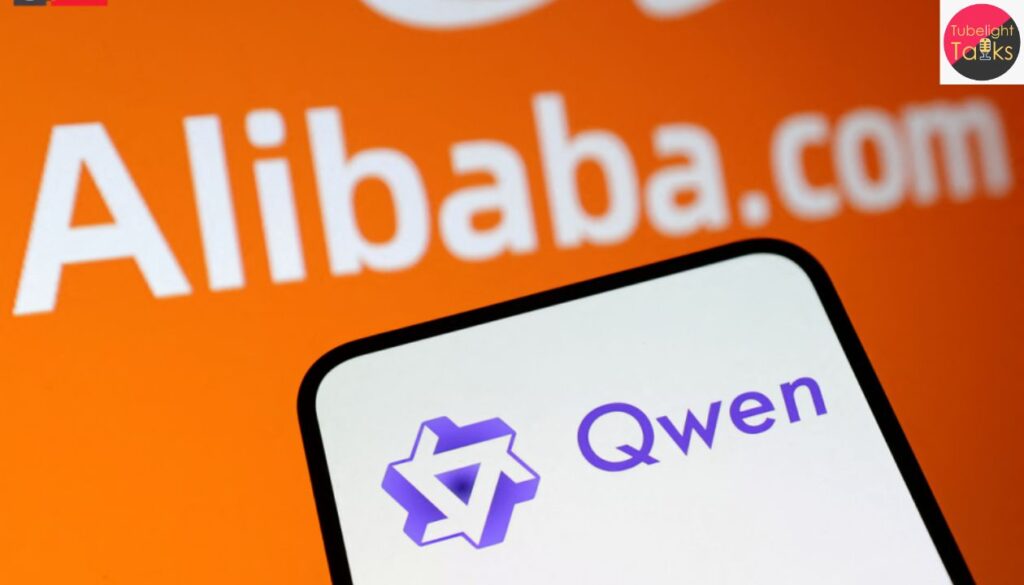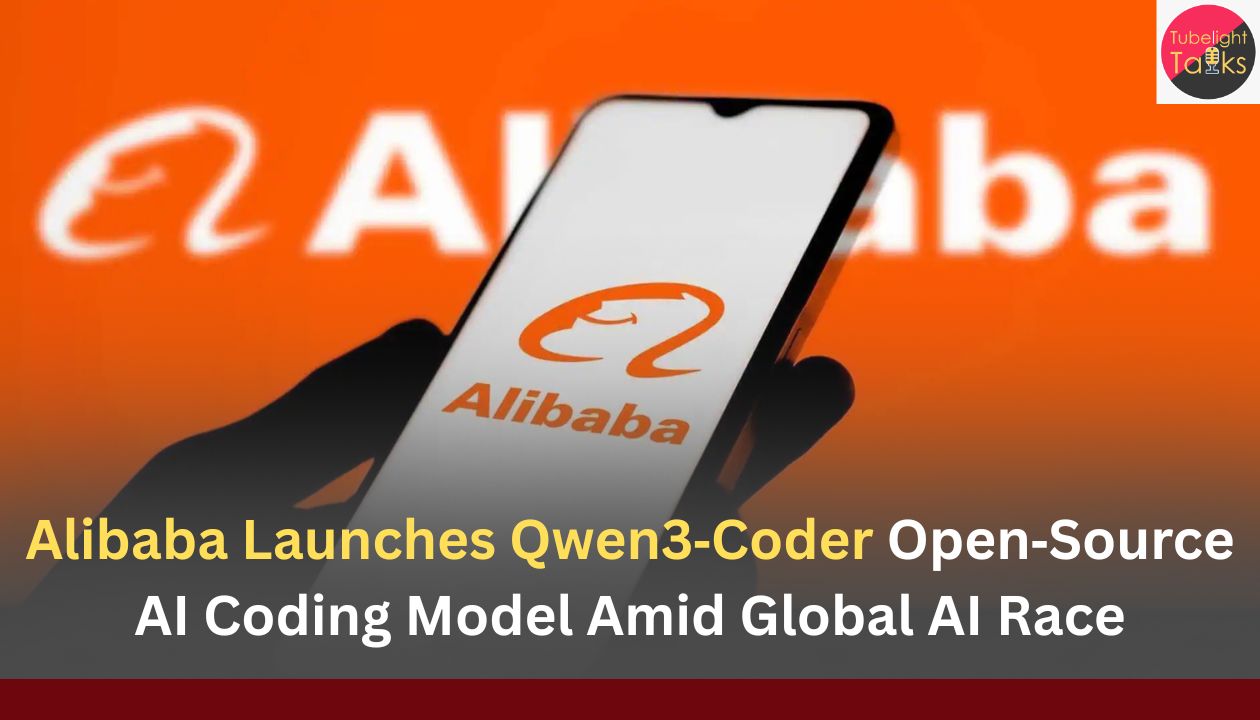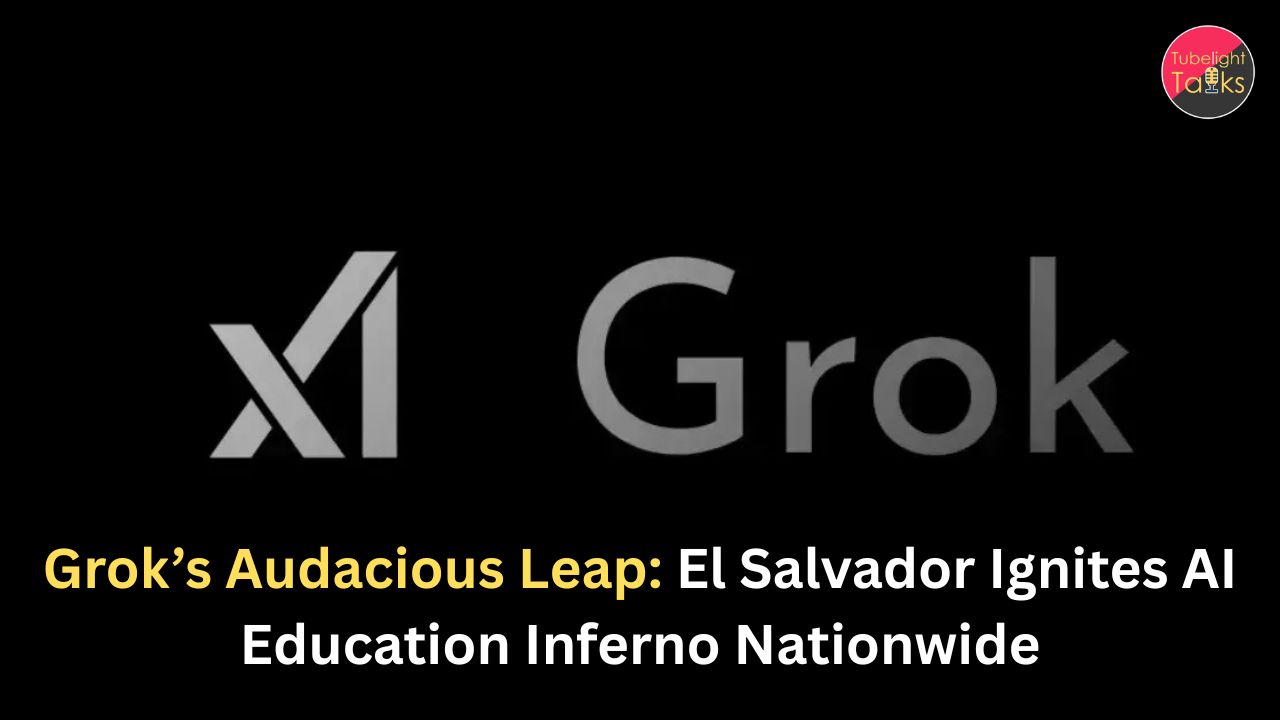Alibaba Launches Qwen3 Coder: Chinese tech giant Alibaba has unveiled its new open‑source model known as Qwen3‑Coder — self‑described as its “most advanced” AI coding model to date. The model is aimed at software development tasks, including code generation, managing complex workflows and acting with a degree of autonomy. Alibaba’s statement highlights the model’s ability to tackle “agentic AI coding tasks” — suggesting that it can go beyond just translating user prompts into code and handle real‑world software engineering workflows.
Why this matters in the global AI landscape
Intensified China vs. U.S. tech competition
The launch underscores the intensifying competition in generative AI between China and Western tech powers. Alibaba’s move to open source such a potent model signals a strategic shift.
Developer ecosystem and open‑source strategy
By open‑sourcing a model of this calibre, Alibaba is aiming to galvanise developer communities, accelerate innovation and lower barriers to entry for software‑focused AI. This may reshape global software development workflows.

Implications for coding, software productivity and jobs
If models like Qwen3‑Coder gain traction, they might enable higher productivity, reduce developer burdens and potentially shift how software is built. That raises questions around job‑roles, skill‑sets and productivity gains in the tech industry.
Technical highlights & performance claims
Model architecture & capabilities
According to coverage, Qwen3‑Coder is built to handle large context windows, complex code structures and autonomous coding workflows. It reportedly competes favourably with models from U.S. rivals in certain benchmarks, signalling Alibaba’s ambition to match or surpass global players.
Open‑source release and access
The model’s open‑source nature is a noteworthy feature: by releasing weights and supporting developer access, Alibaba is positioning the model for global adoption and community contribution.
Risks, challenges & regulatory backdrop
Model misuse and code‑quality issues
Advanced coding models can raise concerns about creating flawed or insecure code, proliferating vulnerabilities, or enabling undesirable automation.
Data provenance and licensing
Open‑source models raise questions around the training data, licensing terms and intellectual‑property integrity.
Regulatory scrutiny and national security
As AI models become more advanced and open, governments may increase regulation to guard against misuse, intellectual‑property risk or strategic vulnerabilities.
Also Read: Understanding Global Market: Key Insights & Analysis
Technological Power and Responsibility
In an age of rapid technological acceleration and high‑stakes innovation, the teachings of Sant Rampal Ji Maharaj emphasise that true progress lies not merely in capability, but in ethical service, upliftment and collective benefit. When organisations release powerful tools like Qwen3‑Coder, the satgyan perspective invites us to reflect: Are we building for human flourishing, not just technical triumph? Technology becomes meaningful when it elevates dignity, enables broader inclusion and serves the many—not simply the few.
What to watch going forward
Adoption & ecosystem growth
How rapidly will developers adopt Qwen3‑Coder? Will startups, enterprises and open‑source communities build value around it?
Comparative performance & benchmarking
Will the model’s real‑world performance match claims? Will it influence coding‑practices, software tooling and industry standards?
Global policy and open‑source AI governance
How will governments and industry respond to open large‑scale AI models? What governance, licensing and safety frameworks will emerge?
FAQs: Qwen3‑Coder Open‑Source Model
Q1. What is Qwen3‑Coder?
It is Alibaba Group’s newly launched open‑source AI coding model designed for software development and complex coding workflows.
Q2. What makes it significant?
It signals major advancement by a Chinese tech giant in the AI coding domain, aims to compete with leading global models, and is released under an open‑source framework.
Q3. How can developers access it?
Alibaba has stated the model is open‑source, enabling developer access; specifics on licensing and platforms will follow.
Q4. What are potential applications?
Code generation, workflow automation, software development assistants, platform‑specific tooling and enterprise software optimisation.
Q5. What are the risks or issues?
Potential issues include code‑quality assurance, licensing and intellectual‑property concerns, misuse of automated code generation, and governance of open‑source AI models.










